Students delve deep for personal photography project – part 1 of 2
Date 25.02.2020
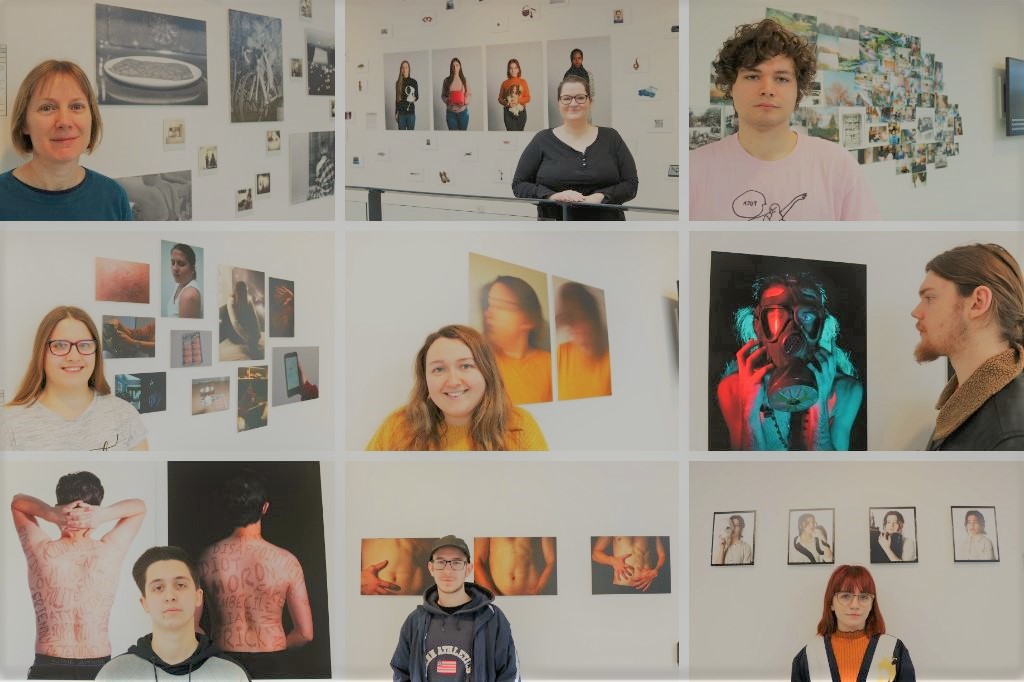
Coping with epilepsy, self-esteem issues, mental health and life in a foreign country are some of the topics students have covered in a deeply personal project.
Photography students from the University of Northampton were tasked with coming up with individual projects themed around issues of identity – and the results are both eye catching and thought provoking.
This week we look at five of the students’ work, and we’ll publish the work of six more, next week.
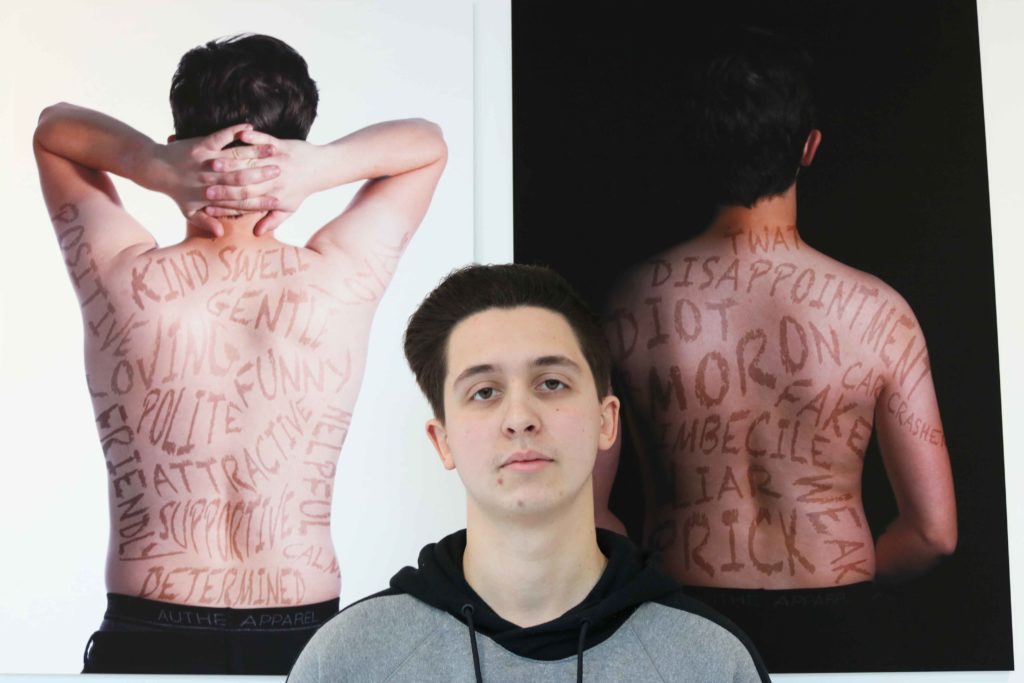
Alex Macchiarelli produced two photographs of his back, superimposed with words which have had an impact on him.
Alex Macchiarelli produced two photographs side-by-side of his naked back, superimposed with words which have had an impact on him throughout his life.
The image on the left has positive words, such as polite, funny and attractive, with the opposite image including negative words, including disappointment, idiot and liar.
Alex, who is from Northampton, overlaid the words on his image using Photoshop, to give them the look of birthmarks.
He said: “All of the words have been said about me, to me, over the years. Many of the negative ones were when I was in a variety of jobs which I didn’t particularly enjoy.
“The words are either good, or bad, and displaying them in this way shows how good and bad intentions have consequences in life and are influential in forming the individual.”
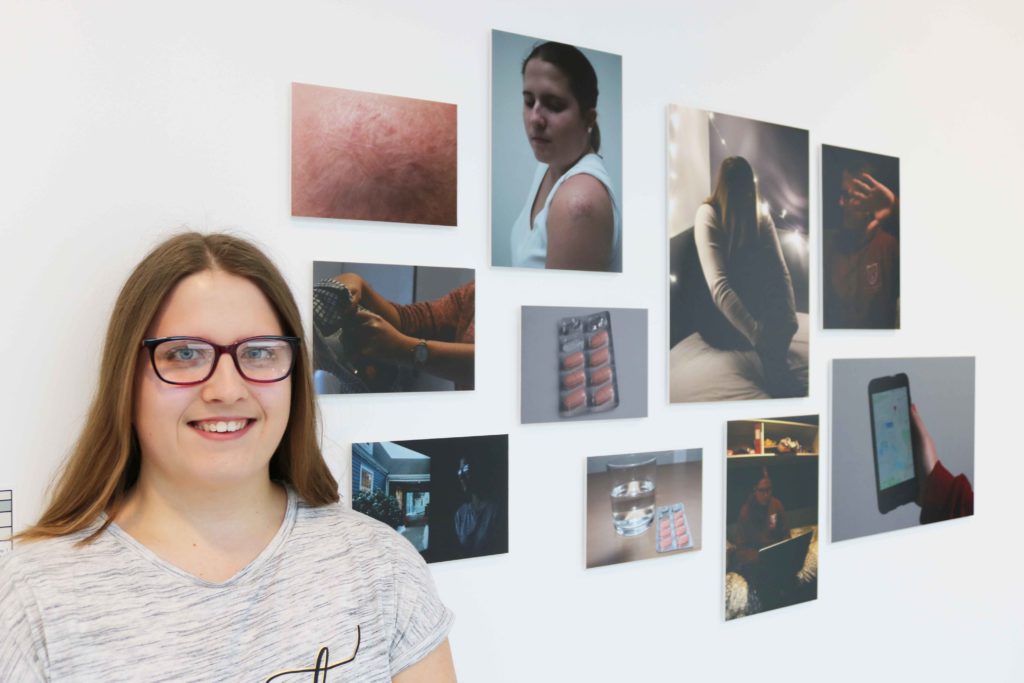
Amy Bellamy’s work focuses on living with epilepsy.
Amy Bellamy has turned her experiences of living with epilepsy into a series of photographs.
“My epilepsy is a hidden disability, and this project has enabled me to make it visible,” said Amy, who is originally from Stafford.
She added: “It shows people the sort of daily struggles I encounter and highlights the things that are difficult for me which others might find easy.”
For example, Amy’s included an image of a map app on a device, to convey the difficulty she has navigating on foot. Another photograph is of a burn she sustained on her shoulder after a seizure left her leaning on a hot radiator. A self portrait, meanwhile, expresses the feelings of isolation Amy sometimes experiences.
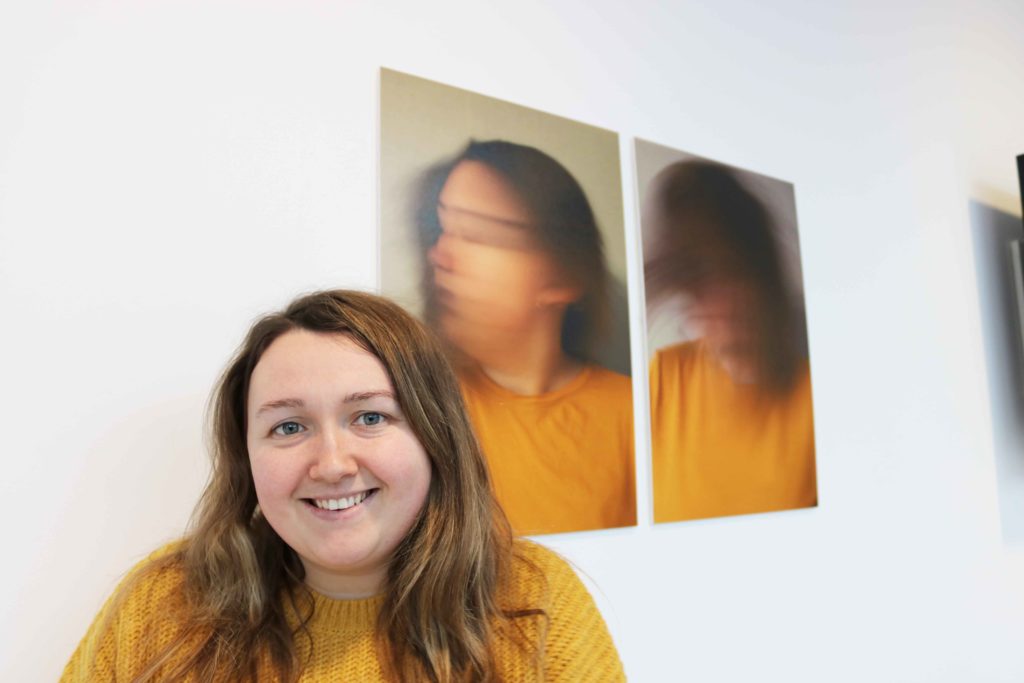
Nicole Kelly decided to rebel, and produce images which hide her identity.
Nicole Kelly came up with a brilliantly simple concept, based around her hatred of being in front of the camera lens.
She took a couple of self portraits while shaking her head, which had the effect of blurring her facial features to the point where she’s unrecognisable.
Nicole, who comes from Milton Keynes, said: “I prefer to be taking photos, rather than being in them and so when I found out the theme was identity, I decided to rebel, and produce images which hide my identity.”
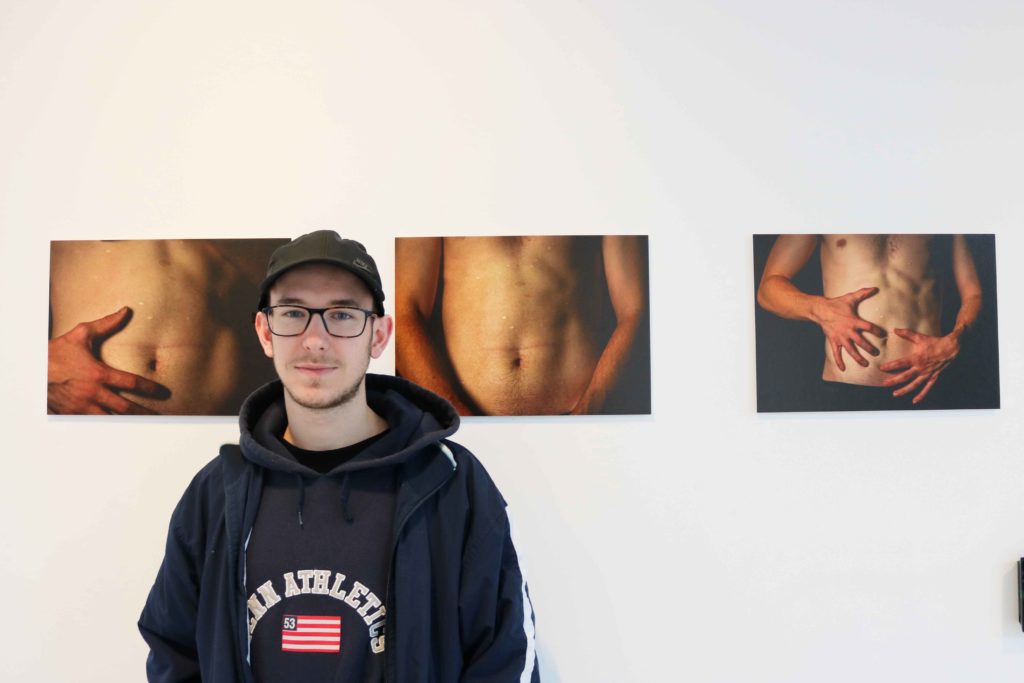
Will Crudge produced a series of three images of his naked torso.
Will Crudge’s work explores the topic of self identity. He’s produced a series of three images of his naked torso, which was inspired by the self portraits of artist John Coplans.
Will, who comes from Eastbourne, said: “I was always a little bit embarrassed about my body because I’ve got a few chicken pox scars.
“As I’ve got older I’ve accepted I am who I am, just as John Coplans did as he got older, and showed pretty much everything, warts and all.
“This project has boosted my self confidence and has helped me turn something which used to be a negative, in my mind, to a positive.”
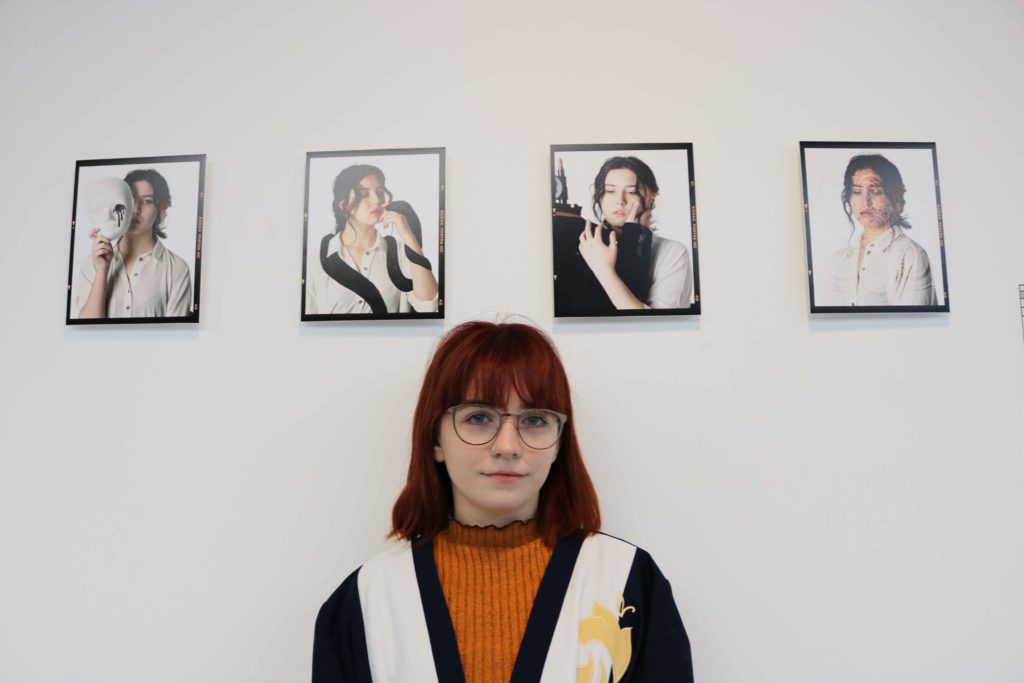
Sorina-Nicoleta Poclitaru teamed up with Illustration student, Anamaria Zamfir, for her work.
Sorina-Nicoleta Poclitaru’s project explores the theories of psychoanalyst Carl Jung, who suggest there are four parts to an individual’s collective unconsciousness: persona, shadow, the anima and the self.
She teamed up with Illustration student, Anamaria Zamfir, who embellished four portraits with print and paint.
Sorina-Nicoleta, who is from Deva, Romania, said: “I was inspired by conceptual photography and the photographic series. I displayed this using four images because the aim of the project is about persuading the viewer to think about the archetype.”